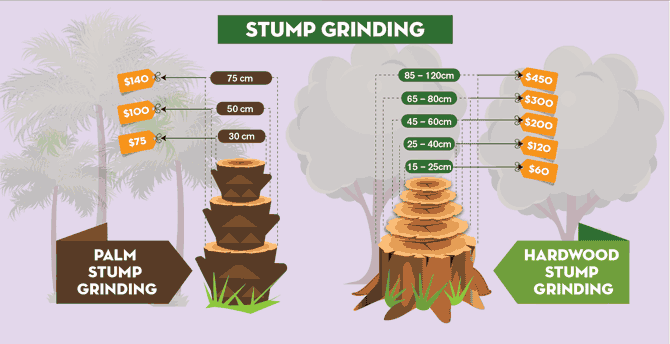Caring For Your Landscape After Tree Removal Is Essential For Its Restoration; Uncover Vital Procedures To Refresh Your Environment And Avoid Future Problems
Caring For Your Landscape After Tree Removal Is Essential For Its Restoration; Uncover Vital Procedures To Refresh Your Environment And Avoid Future Problems
Blog Article
Personnel Writer-Hinrichsen McKinnon
After a tree's elimination, your landscape might look quite different, and it's vital to examine the consequences very carefully. You'll want to evaluate the soil disturbance and examine bordering plants for any kind of indications of anxiety. Neglecting these elements can bring about larger problems down the line. So, what should you make with those stumps and roots? And how do you pick the very best plants for your rejuvenated area? Let's check out these crucial actions.
Analyzing the After-effects: Assessing Your Landscape
After a tree removal, it's important to assess your landscape to comprehend the effect it carries your yard.
Beginning by examining the area where the tree stood. Look for signs of dirt disruption, and check the surrounding plants for any type of stress and anxiety or damage.
You ought to additionally remember of exactly how the removal has changed sunlight exposure and air movement in your garden. This shift can influence the growth of nearby plants, so it's essential to assess their wellness.
Consider the aesthetic aspects also; the removal may produce an open space that you can upgrade.
Lastly, think of any type of prospective erosion issues that may emerge from the tree's lack. Dealing with https://www.benzinga.com/pressreleases/20/02/p15390219/monster-tree-service-awards-territory-in-florida will aid bring back equilibrium to your landscape.
Dealing With Stumps and Origins: Options for Removal
As soon as you've analyzed the after-effects of the tree elimination, you'll likely need to deal with the stump and roots left behind.
You have a couple of alternatives for elimination. One reliable method is stump grinding, where an expert utilizes an equipment to grind the stump down to underground degree. This method leaves marginal disruption to your landscape.
If you favor a DIY technique, you can make use of a combination of excavating and chemical stump removers. Just remember, this procedure can take time and effort.
Conversely, take into consideration leaving the stump as an all-natural feature, which can work as an one-of-a-kind garden aspect or habitat for wild animals.
Whatever you choose, resolving the stump and origins is necessary for restoring your landscape.
Choosing the Right Plant Kingdoms for Your New Space
As you evaluate your newly gotten rid of room, selecting the right plants can considerably enhance your landscape's charm and performance.
Beginning by thinking about the sunshine and soil problems. For bright locations, opt for drought-resistant plants like lavender or succulents. In shaded spots, brushes and hostas thrive well.
Think of How To Prune Plum Trees and growth practices of your plants; mix perennials and annuals for seasonal variety. Don't neglect to integrate native types; they call for less maintenance and support neighborhood wild animals.
Team plants in odd numbers for a more natural appearance and develop layers for aesthetic depth.
Lastly, ensure you have a mix of colors and appearances to keep your landscape dynamic throughout the periods.
Pleased growing!
Conclusion
In conclusion, recovering your landscape after tree elimination is a satisfying process. By examining the after-effects, resolving stumps and roots, and choosing the right plants, you'll create a successful setting. Don't forget to integrate disintegration control measures to safeguard your dirt. With a little effort and care, you can transform your space right into a lively garden that improves your property. Welcome the opportunity to renew your landscape and take pleasure in the beauty of nature right in your yard!
